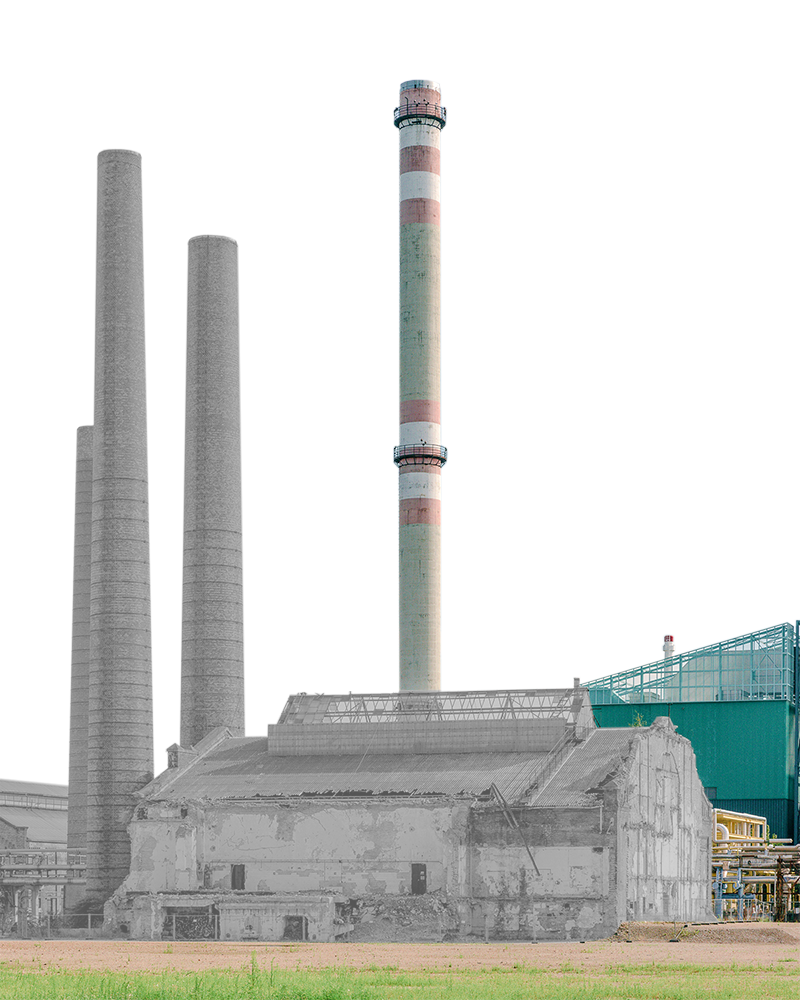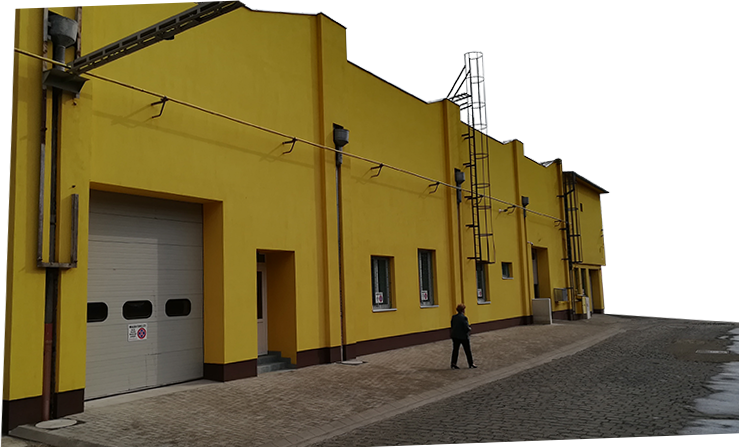Urban structure
The main North-South transport axis of the district is the Rákóczi Ferenc II. road, that was extended recently to ease the congestion in the district centre. Teller Ede road passes by the district centre and connects to the main artery which connects Csepel to the city centre of Budapest (Weiss Manfred road). The accessibility of Csepel was greatly improved by opening the M0 motorway, which was recently expanded to a 2x3 lanes. Kvassay and Gubacsi bridges connect Csepel to adjacent District 9 and District 20 across the Ráckeve-Soroksár Danube branch. Transit traffic of heavy trucks (over 12 tonnes) is banned in Csepel, except in Csepel-Csillagtelep (max. 7,5 t). Heavy trucks serving the industrial estates of the district may use all the main roads throughout the district without any special permit obtained.







